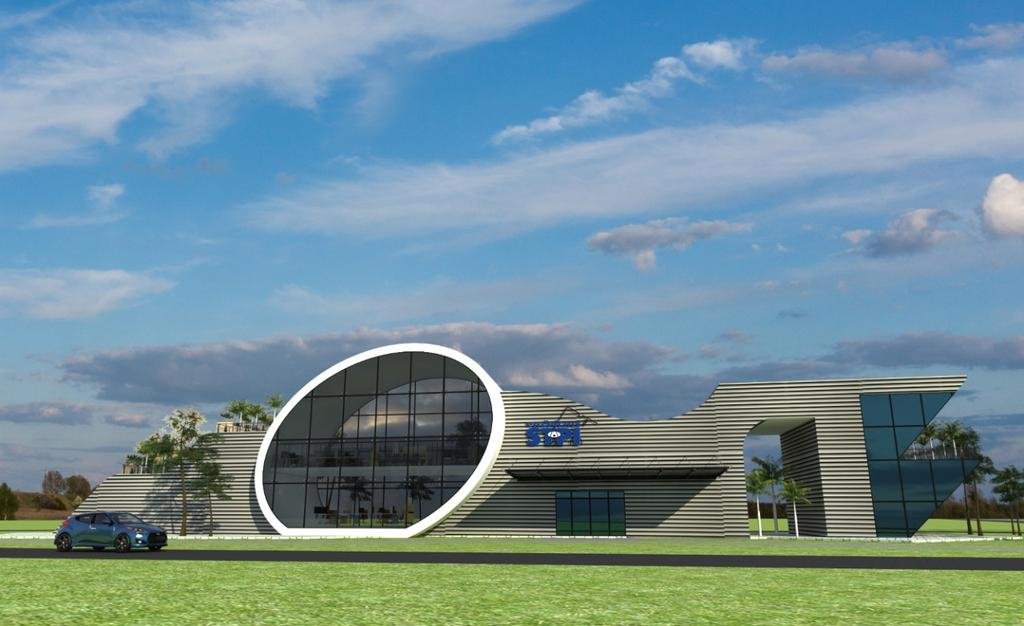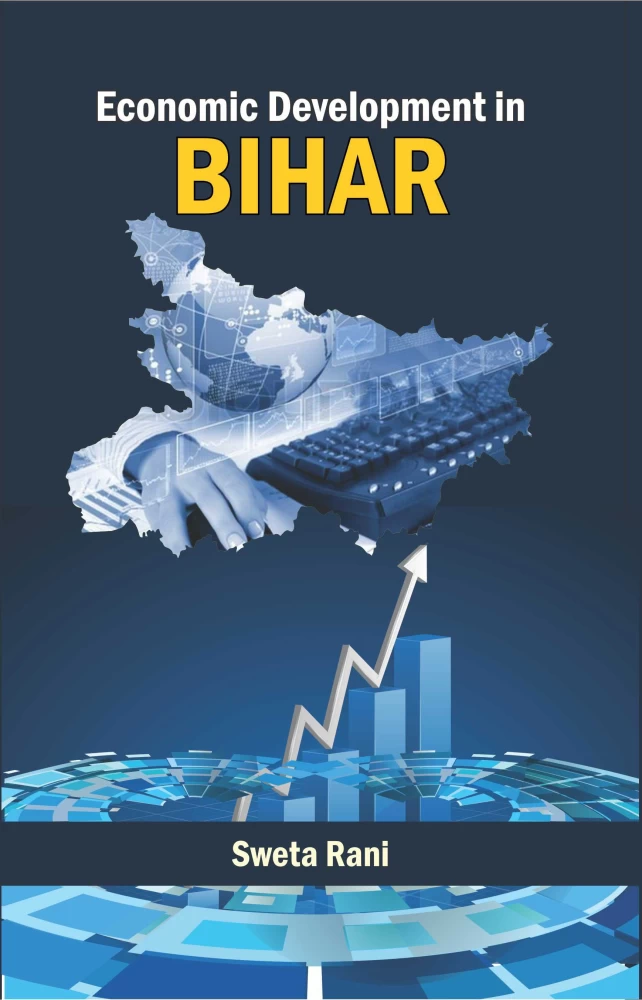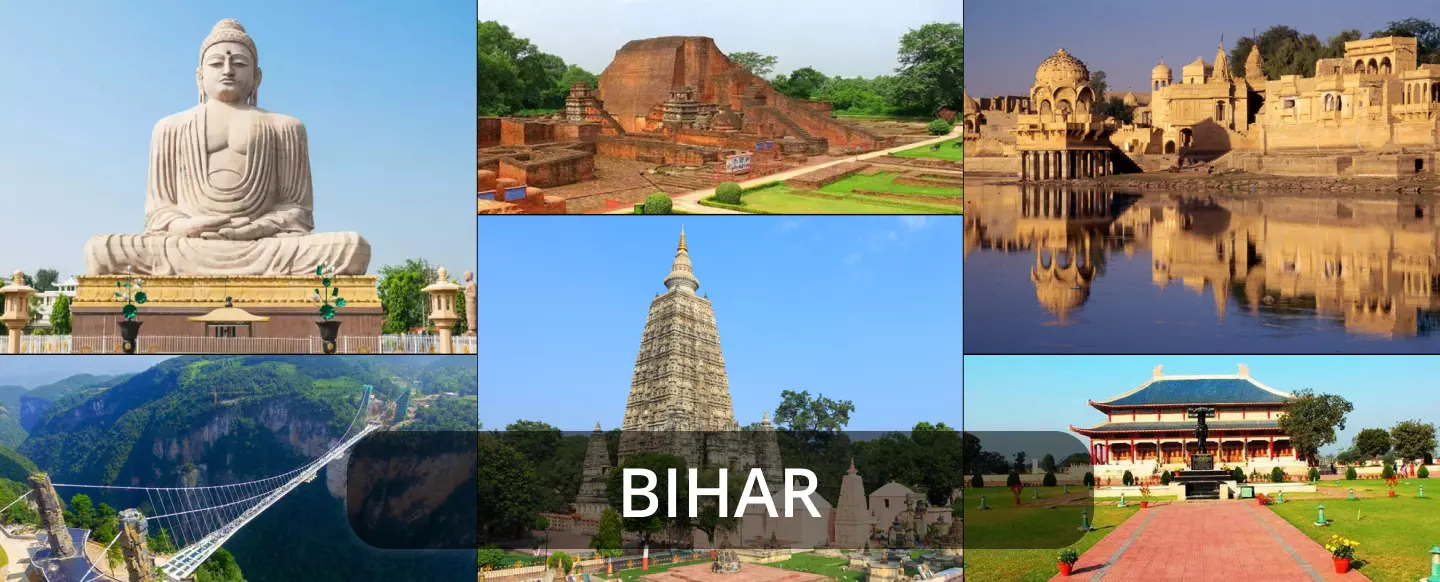
Historical and Economic Background of Bihar
Bihar, nestled in the eastern part of India, holds a prestigious place in the annals of ancient trade and commerce. Historically known as the land of Magadha, Bihar was an epicenter of cultural exchange and economic vitality dating back to the 6th century BCE. The city of Pataliputra, present-day Patna, once served as the capital of several powerful empires, including the Magadhan, Mauryan, and Gupta empires. This rich tapestry of history not only bolstered Bihar’s cultural heritage but also transformed it into a bustling trading hub.
During the Mauryan era, Bihar’s strategic location along the Ganges River facilitated extensive trade routes that connected it to distant regions in India and across Asia. Under the reign of Emperor Ashoka, the region flourished with the establishment of infrastructures such as roads, inns, and storage facilities, all designed to boost commerce. The subsequent Gupta period continued this economic prosperity through advancements in science, mathematics, and fine arts, further enhancing the trade dynamics of the area.
However, the advent of British colonial rule brought significant changes. While the colonial administrators did introduce infrastructural frameworks like railways and postal systems, the economic policies were largely exploitative, and Bihar’s traditional industries, such as weaving and indigo cultivation, suffered considerable setbacks. Agricultural dominance characterized much of its economic framework during this era, laying the foundation for a primarily agrarian society.
Fast-forwarding to contemporary times, Bihar’s economy shows signs of revitalization. The state is currently witnessing progress in various sectors including agriculture, manufacturing, and services. Key industries contributing to this growth are agriculture (especially maize and rice), textiles, and leather. Furthermore, service sectors like education and healthcare are gradually becoming significant players in Bihar’s economy. The state also benefits from its rich mineral resources, particularly coal, leading to emerging opportunities in mining and energy sectors.
Despite these advancements, challenges persist. Issues such as inadequate infrastructure, low industrial base, and periodic flooding continue to hamper economic development. Nonetheless, with strategic planning and investment, Bihar’s historical legacy and current growth trajectory set a promising stage for it to emerge as a modern business hub in India.
Key Factors Driving Bihar’s Emergence as a Business Hub
Bihar’s transformation into a burgeoning business hub has been greatly influenced by a confluence of strategic government initiatives and infrastructural advancements. The state government has prioritised economic development through a suite of policies designed to attract investments. Initiatives such as the development of special economic zones (SEZs) and offering financial incentives have created an environment conducive to business growth. Furthermore, several infrastructure projects have been launched to enhance connectivity and alleviate logistical challenges.
Improved infrastructure has played a pivotal role in bolstering Bihar’s business credentials. The state has seen significant enhancements in its transport networks, with better rail, road, and air connectivity resulting in more efficient movement of goods and services. The construction of new highways and the modernization of existing roadways have streamlined transportation, reducing transit times and costs. Additionally, investments in upgrading airports and expanding rail networks have further integrated Bihar with national and global markets.
Advancements in digital infrastructure have also been crucial. The implementation of robust broadband connectivity and the promotion of digital literacy have enabled businesses to tap into the digital economy. These improvements have facilitated better access to markets, streamlined business operations, and fostered a more competitive business environment.
Moreover, education and skill development programs are instrumental in cultivating a skilled workforce that meets the demands of emerging industries. The government has focused on enhancing the quality of education and offering vocational training programs tailored to industry needs. This focus ensures a steady supply of talented professionals equipped with relevant skills, making Bihar an attractive destination for businesses seeking a competent workforce.
Case studies of startups like Mithilasmita and established businesses such as Bihar’s dairy cooperative model underscore the state’s growing business ecosystem. Mithilasmita, which specializes in Madhubani art, has not only preserved cultural heritage but also created economic opportunities. The dairy cooperative model, on the other hand, showcases how local resources can be effectively harnessed for large-scale industrial success.
Looking ahead, Bihar presents tremendous potential in areas such as agri-business, information technology, and renewable energy. The state’s strategic focus on fostering growth through supportive policies, infrastructural development, and skill enhancement positions it as a compelling destination for entrepreneurs and investors aiming to tap into India’s emerging markets.




